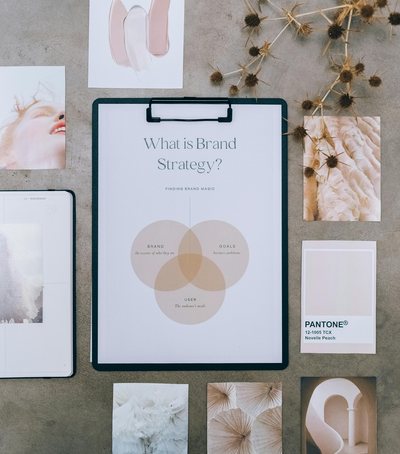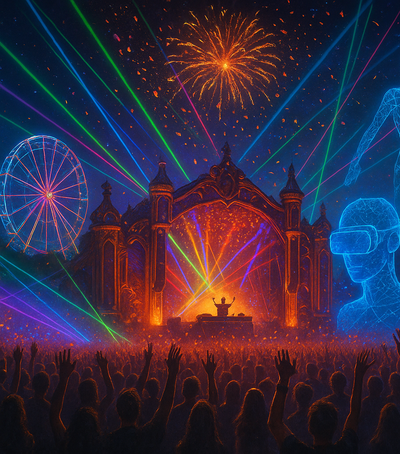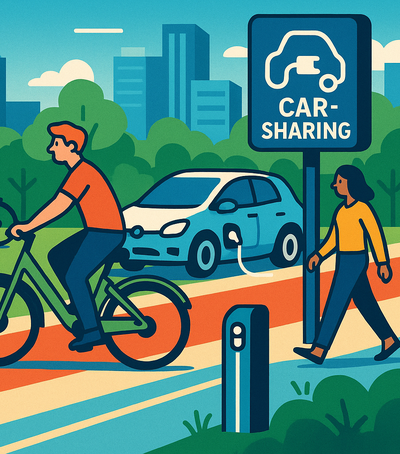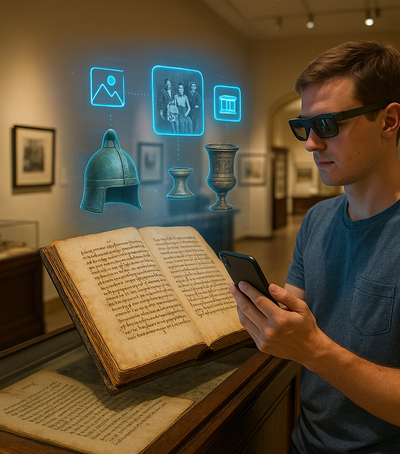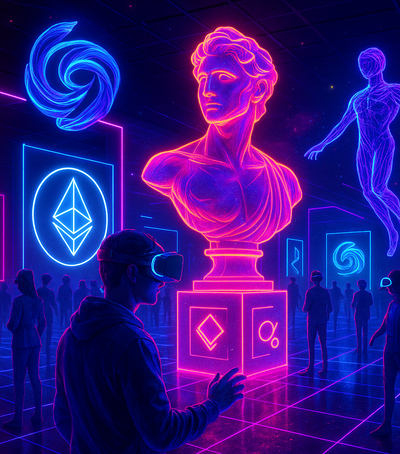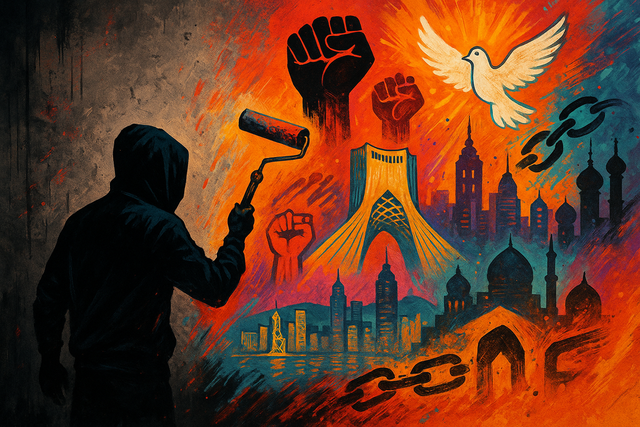
In a world where words are sometimes censored and the political air is filled with fear, art unfolds as a subversive tool: a silent discourse that strikes a powerful blow at the collective consciousness. Through colors, forms, and performative spaces, creators challenge power, intervene in official narratives, and give voice to the oppressed. This article looks at how art becomes an instrument of resistance in different contexts, highlighting the symbolic forces that inspire change.
1. Examples from different fronts
Murals in Tehran: On the city's naively quiet streets, young artists paint feminist figures, slogans critical of the regime, and images of solidarity. Their paintings become messages unheard in official media, uniting communities around civil rights protests.
Performances in Hong Kong: Actors and dancers danced expressively in the city squares, symbolizing the demand for electoral freedom and opposition to repression. Every step, every bow of the face, concealed a lively prayer for democracy.
Women Artists in Kabul: In a context of patriarchal domination and extremist threats, girls and women create works with migratory ease—installations, private performances, and visual literature—to witness their presence in public space and to oppose atrocities against women.
2. The Symbolic Power of Creativity
Transgression of spaces: Murals, outdoor installations, and street performances enter the territory of power, challenging functional divisions and conveying direct messages to the public eye.
Visual metaphors: A streak of red and black paint on a white wall, or a choreography that shuts the mouth with fingers, speak more powerfully than any legal declaration. Art activates cultural codes and carefully directs them in the service of revolt.
Community solidarity: When citizens come together to repaint a wall damaged by censorship, a sense of belonging and shared responsibility for the message being represented is created.
3. Mechanisms of influence
Emotions as a catalyst: A deeply moving painting or performance inspires empathy and outrage, igniting civic action.
Viral flow: In the digital age, documenting resistance art on social media spreads the message beyond physical boundaries. Photos and videos become soft “weapons” that challenge online censorship.
Interlingual dialogue: Artistic symbols often include universal elements (paint blots, realistic human figures), readable by different cultures without the need for translation.
4. Challenges and risks
Reprisals: Creators often face arrests, fines, or death threats. The presence of security forces in public spaces makes resistance art dangerous.
Instrumentalization: When the same symbol is used by groups with different purposes, the message can be deformed or monetized, losing its original protest nature.
Digital censorship: Social platforms increasingly ban “questionable” content, blocking accounts or deleting important posts.
Resistive art is not just aesthetics; it is a means of confronting the injustices of the world. From the streets of Tehran to the scenes of Hong Kong and the ornaments of Kabul, artists choose pencil, paint, voice and body to disrupt the status quo. Using the symbolic forces of creativity—metaphors, collective narratives and the emotional dimension—art makes visible what authorities wish to hide. In times of crisis, it rises as an invisible shadow of resistance, proving that – regardless of borders – images and sounds courageously deployed can change the course of history.

